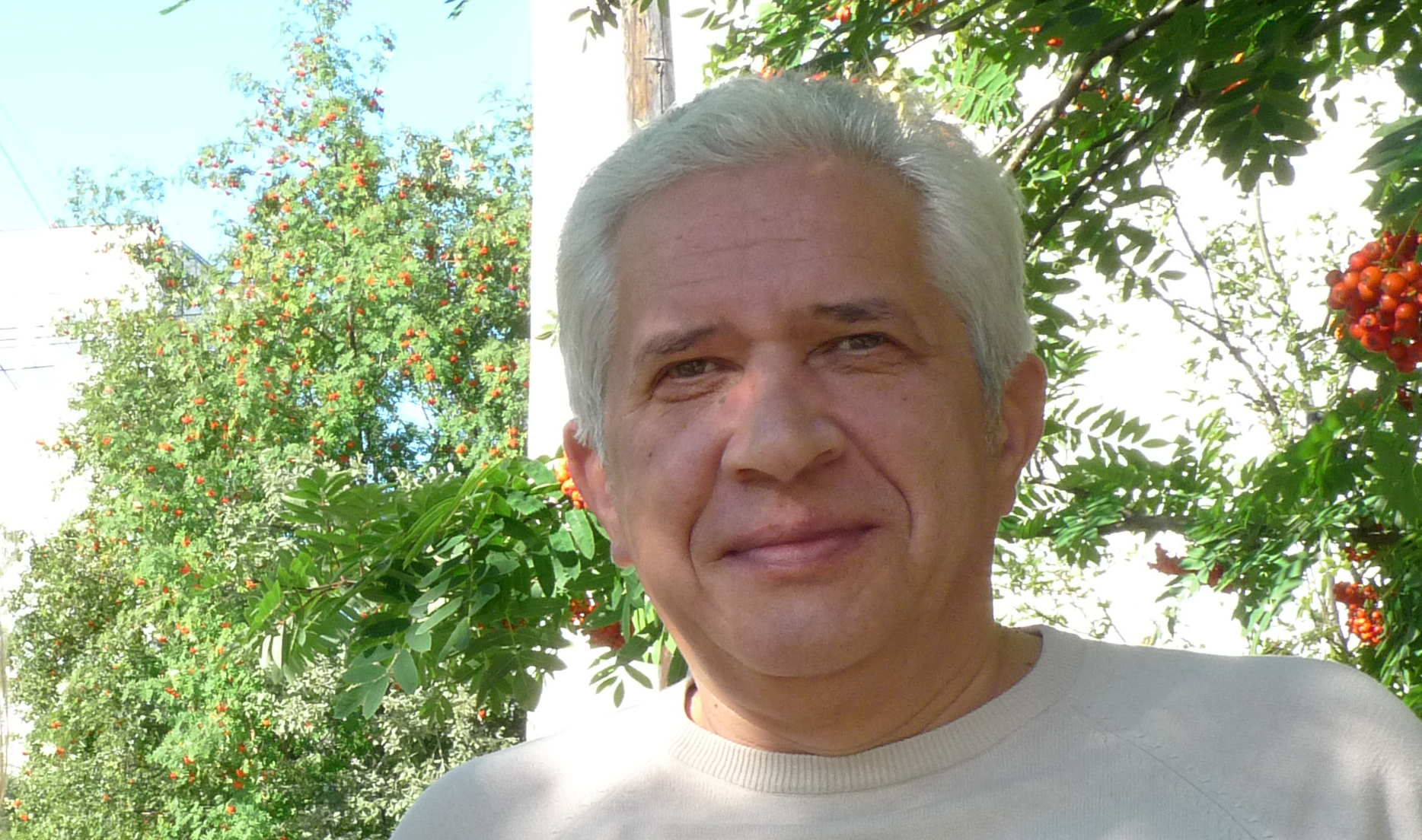A huge building containing equipment for dealing the whole cycle of radioactive waste management is taking shape on the coast to the Barents Sea. Roofing and façade are finished now in October and remaining inner engineering systems are being installed.
The complex in the Saida Bay will deal with all kinds of radioactive scrap from the huge reactor compartments of decommissioned nuclear submarines to contaminated metal parts from both the navy and Russia’s fleet of nuclear powered icebreakers.
Last week, experts and representatives of international donor countries were shown around in the multi-billion complex together with officials from the International Atomic Energy Agency (IAEA). Most of the complex, including high-tech equipment is paid by foreign donors as a part of the global program to secure nuclear material after the Cold War.
There are already stored 58 reactor units behind the concrete walls topped with barbed wire fences in Saida Bay. Weighting up to 1,600 tons, each single reactor compartment constituted a threat to the marine environment when the retired submarines were laid-up at the different naval bases and ship yards along the coast to the Barents Sea. Today, they are kept safe onshore, and will have to stay so for at least another hundred years before the radiation half-life makes it safe to cut into scrap metal ready for a final repository.
When filled to capacity, more than 130 reactor compartments can be stored here. No other locations on the globe will have more retired reactors side-by-side.
The new building, named Regional Centre for Radioactive Waste Conditioning and Long Term Storage, will start operation next autumn. Solid radioactive waste, today partly stored outdoor in the harsh Arctic climate, will then be shipped in for cutting, conditioning and repacking before being placed on long-term storage. Infamous scrap-heaps with thousands of cubic meters if seriously contaminated waste are located in Andreeva Bay, Aleksandrovsk, Atomflot and Gremikha.
The first six 20” foot containers with packed radioactive waste arrived to Saida Bay earlier this year. The waste will stay in the containers at the same pad as the reactor compartments are stored, awaiting the new conditioning center to start working.
Andrey Zolotkov is one of those that have best knowledge about radiation safety in the region. For decades, he worked with radiation safety at Atomflot, the service base for the nuclear powered icebreakers. Today, he heads the Bellona Murmansk office. Zolotkov is impressed by the new giant radioactive waste complex.

Andrey Zolotkov hopes Russia will continue to finance the radioactive waste complex after the international partners will leave. Photo: Thomas Nilsen
“The scale and size of the facilities of the Saida Bay are impressive. The territory, buildings, and facilities are in very good condition. Everything is clean and neat; laboratory glass wear is in proper order. I couldn’t find any dirt or cigarette filters on the roads inside the object,” Andrey Zolotkov says to BarentsObserver.
The nuclear safety expert says the complex is both modern and secure.
“It will allow us forget about the problems of safe storage of reactor units from nuclear submarines, block packages of nuclear icebreakers and service ships, and about radioactive waste in the Murmansk region for many decades,” says Zolotkov. He hopes Russia will continue financing the work after the international donors leave.
“These activities let Russia gain experience in safe handling with nuclear and radioactive dangerous objects. International cooperation in this work is very important. I hope Rosatom will keep financing the work in Saida Bay on a proper level after the international partners will leave.”
